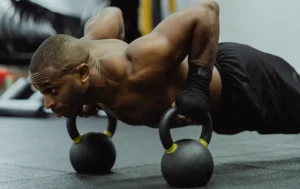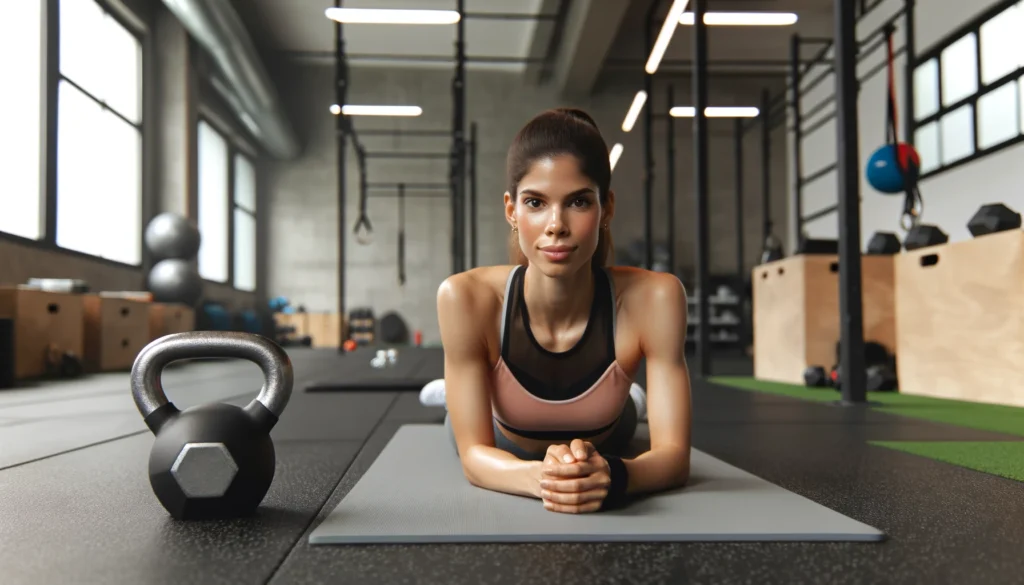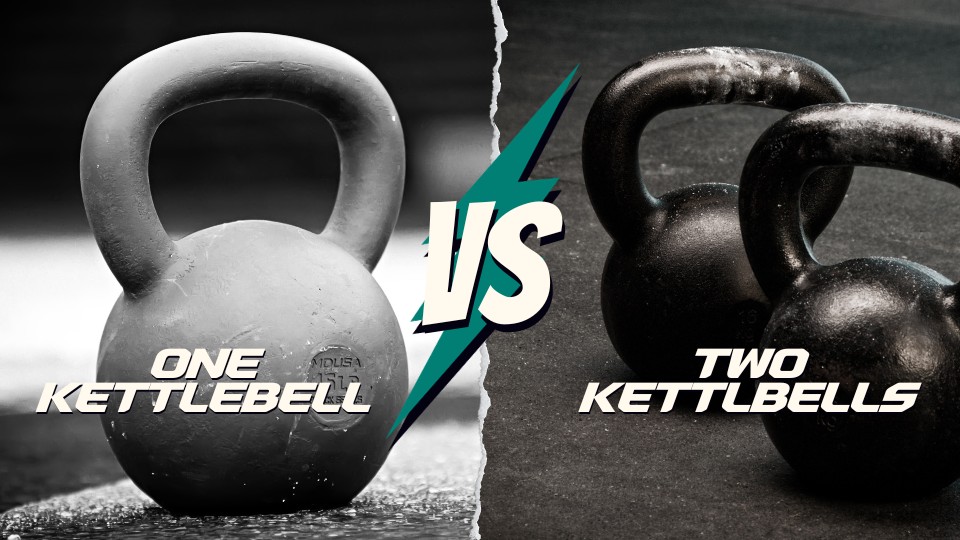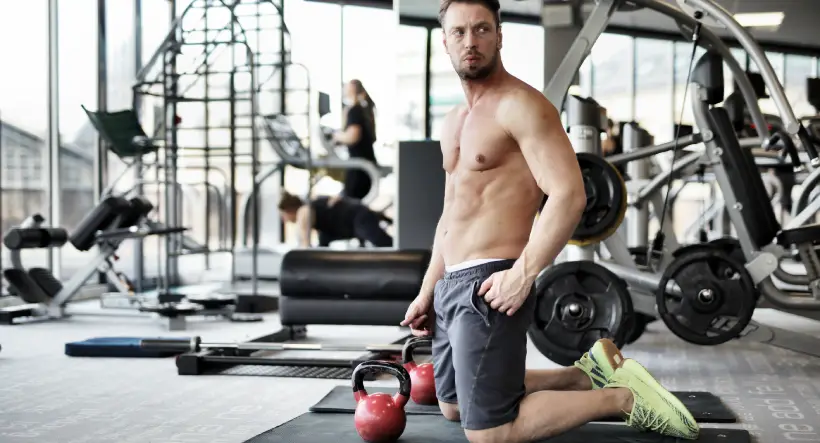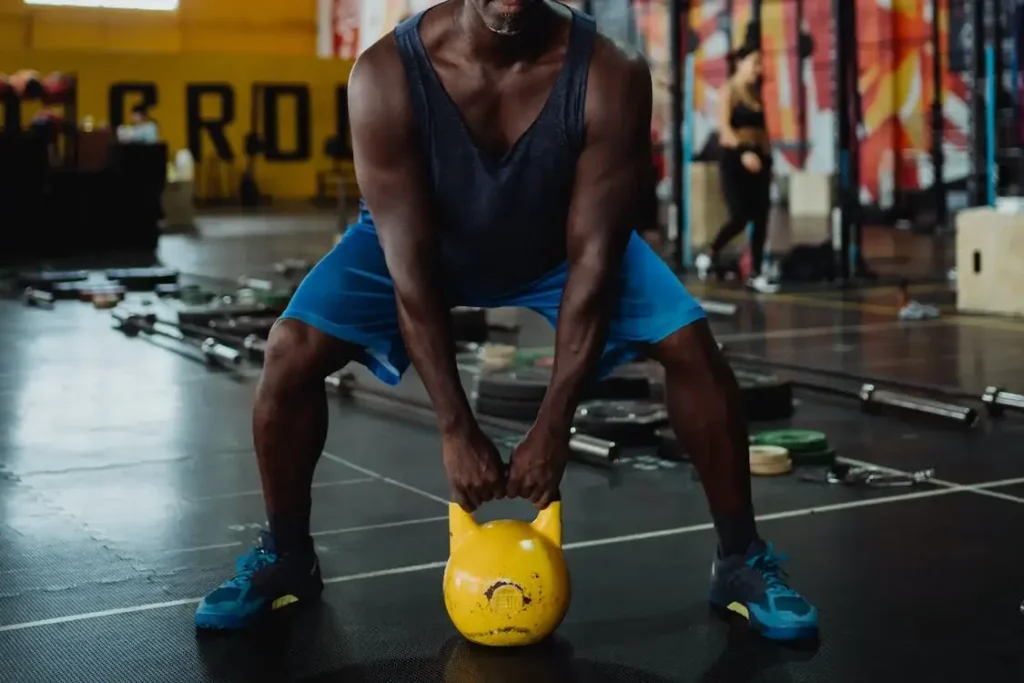Why not up the ante on your exercise routine and unlock the secret to a healthier, more robust body? If so, then turn towards kettlebell goblet squats because they’re adjustable and effective. They work a variety of muscle groups effectively, help you burn plenty of calories, and at the same time improve balance and flexibility.
This comprehensive tutorial will delve deeply into the benefits of this transformative move. It will aid in improving your technique while looking at variants along with giving fitness regimens to guarantee optimum outcomes.
So come on! Let’s get started with upgrading our daily workout session.
Table of Contents
Discovering Kettlebell Goblet Squats’ Amazing Advantages
Kettlebell goblet squats are a full-body exercise that train several muscle groups at once, making it a quick and powerful exercise. This strenuous exercise tackles your upper body, including the shoulders and back, as well as your quadriceps, glutes, hamstrings, and core muscles. You’ll burn more calories, improve mobility and stability, and build muscular strength by including this all-in-one workout in your program.
Getting the Best Form for the Kettlebell Goblet Squat
The kettlebell goblet squat must be performed with good form to get the best benefits and avoid getting hurt. To learn how to squat correctly, follow these simple steps:
- Start by standing with your feet shoulder-width apart and your toes pointing outward.
- With your elbows close to your torso, hold the kettlebell close to your chest while grasping it by the horns.
- By maintaining your chest up and your core engaged, lower your body by pulling your hips back and bending your knees.
- Make sure your knees pass over your toes as you keep falling until your thighs are parallel to the ground or just below it.
- To stand back up and take the initial position, drive through your heels and contract your glutes.
Investigating More Difficult Kettlebell Goblet Squat Variations
Once you’ve mastered the fundamental kettlebell goblet squat, you may experiment with numerous variants to up the difficulty and focus on various muscle groups. Popular versions of the kettlebell goblet squat include:
- Squat while pulsing: After lowering yourself to the ground, raise yourself back up to your starting posture.
- Box squat: Sit on a box or bench with your legs bent, stop for a second, and then rise up.
- Sumo squat: Use a broader stance when squatting down, focusing more on the glutes and inner thighs.
- Single-leg squat: To test your balance and stability, squat down on one leg while extending the other leg forward.
How to Avoid Common Goblet Squat Errors
Avoid these typical errors to ensure the kettlebell goblet squat’s efficiency and avoid injuries:
Allowing your knees to give way: During the exercise, keep your knees tracking over your toes.
To prevent your lower back from rounding, keep your spine neutral and contract your abdominal muscles.
Raising your heels: As you stand up, keep your heels firmly planted on the ground.
Exercise Routines for Kettlebell Goblet Squats for Best Outcomes
To get the best results, incorporate kettlebell goblet squats into your exercise regimen. To get you started, check out these fitness plans:
- Kettlebell goblet squats may be added to a full-body circuit along with swings, rows, and presses with the kettlebell. Each exercise should be done for 45 seconds, followed by a 15-second break. The circuit should be done three to four times.
- Workout in the tabata fashion: complete eight rounds of kettlebell goblet squats lasting 20 seconds each, followed by a 10-second break. Your heart rate will soar as a result of this high-intensity interval training (HIIT) method, and calories will be burned.
- Kettlebell goblet squats should be superset with exercises that target the opposite muscular groups, such as push-ups or pull-ups. Do each exercise quickly followed by a short pause, then perform the superset three to four times.
- Progressive overload: To continually put your muscles to the test and encourage muscular growth and strength gains, gradually increase the weight of the kettlebell, the quantity of repetitions, or the length of your exercise.
Video: The perfect goblet squat with a kettlebell
Conclusion:
The adaptable, efficient kettlebell goblet squat may change your training regimen and assist you in building a stronger, more physically fit physique. You may fully benefit from this powerful action by developing good form, discovering variants, and incorporating them into well-rounded training programs. Take on the challenge and start using kettlebell goblet squats to your full potential now!
Kettlebell Goblet Squats: Commonly Asked Questions
In this section you we give answers to commonly asked questions about the kettlebell goblet squat.
What is the ideal frequency for doing kettlebell goblet squats?
Try to incorporate kettlebell goblet squats into your weekly workout regimen two to three times, with enough time between sessions for rest and recuperation.
Will kettlebell goblet squats aid with weight loss?
Yes! When coupled with a healthy diet and way of life, kettlebell goblet squats, a complex exercise that works many muscle groups, can boost your metabolism and help you burn more calories.
What weight kettlebell should I use for goblet squats?
Choose a kettlebell weight that pushes you but yet enables you to carry out the exercise with perfect technique. Kettlebells can range in weight from 10-15 pounds for beginners to 20 pounds or greater for more experienced exercisers.
Can doing kettlebell goblet squats help me run faster?
Definitely! Your lower body muscles, such as your quadriceps, glutes, and hamstrings, will be strengthened by doing kettlebell goblet squats, which will enhance your running efficiency and lessen your chance of injury.
Are pregnancy-safe kettlebell goblet squats possible?
Before starting any fitness regimen while pregnant, always speak with your healthcare physician. Kettlebell goblet squats are generally safe to perform while pregnant as long as you use the right weight, maintain good technique, and pay attention to your body’s cues.




